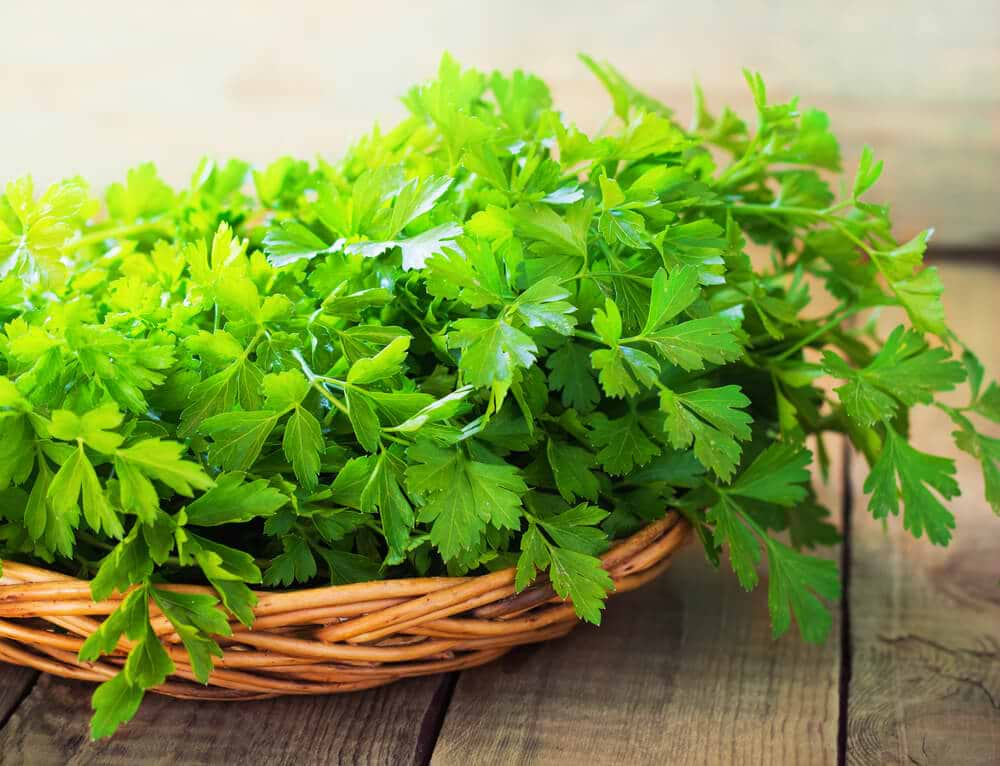Spring is here! Unfortunately, this verdant season is not so joyful for those of us who suffer from seasonal allergies. This spring, try using food to soothe your allergy discomforts! Below we've listed a number of foods (recipes included) that can support a healthy histamine response to pollen and flowering plants — and they're tasty, too!
Citrus Fruit:
Researchers have found that 500mg of vitamin C a day can ease allergy symptoms. To gain this support from whole food sources, try eating oranges, grapefruit, lemons, and limes. A large orange contains nearly 100mg of C, while half of a large grapefruit contains about 60mg.
Kale, Collard Greens, and Broccoli:
These members of the Brassicaceae family are rich in carotenoids, pigments believed to aid in fighting allergy symptoms. To improve carotenoid absorption, sauté these vegetables in olive oil. Here's a soup recipe that features broccoli and kale.
Recipe: Tuscan Ribollita Soup
Ingredients:
- 3 garlic cloves, minced
- 2 onions, peeled and chopped into crescents
- 3 carrots, chopped into cubes
- 1 celery stalk, chopped
- 1/2 cup olive oil
- 1 cup vegetable stock (make your own or choose a brand with no sugar) 1 cup Cannellini beans (white kidney beans), cooked
- 1 sprig fresh rosemary OR 2 Tablespoons dried rosemary
- 1 bunch kale, roughly chopped
- 1 cup broccoli florets, chopped
Instructions:
- Rinse and drain. Bring to a boil in a medium stock pot with 4 cups water. Skim off foam, reduce heat, and cook for 30 minutes or until they are tender.
- Chop the celery, onions and carrots.
- In a large pot, sauté the garlic, onion, celery, and carrot in 2 tablespoons of olive oil over medium heat for about 5 minutes.
- Add the broth, rosemary, and 3 cups water.
- Bring to a boil, reduce heat, then simmer, covered, for about half an hour.
- Add the kale. Bring to a boil, reduce heat and simmer for 20 more minutes.
- Add the broccoli, simmer for 5 more minutes, and enjoy!
Alliums:
Quercetin, which is abundant in onions, garlic, and shallots, helps fight allergies by acting like an anti-histamine.
Local, Raw Honey:
Because it has been produced by bees that pollinate nearby flowers, local honey is great support for allergy sufferers when consumed raw. Add it to herbal tea or spread it on bread with almond butter.
Parsley:
This diuretic, liver-cleansing herb supports a healthy histamine response, thereby easing congestion. It makes a delicious spread, too! Here's a recipe you should try.
Recipe: Parsley Pistou
Ingredients:
- 2 cups flat leaf parsley, rinsed and de-stemmed
- 1/4 cup olive oil
- 1/2 teaspoon salt
- juice of 1 lemon
- 1/4 cup water
Instructions:
- Blend all the ingredients well and enjoy over grains, as a spread on bread, tossed with roasted roots, or as salad dressing.
Nettle:
This amazing plant contains constituents that have an effect similar to antihistamines. Look for Nettles in your local woods or ask a farmer whether they have a patch in their garden. Try making this nettle pesto at one of your next meals.
Recipe: Nettle Pesto
Ingredients:
- 1/4 pound fresh stinging Nettles
- 1 teaspoon salt
- 1/2 teaspoon black pepper
- 1/4 cup lemon juice
- 1 clove garlic, coarsely chopped
- 1/4 cup sunflower seeds
- Your best olive oil
Instructions:
- Fill a large pot halfway with water.
- Add 1/4 cup salt and bring to a boil.
- Submerge Nettles in water and let them boil for a few minutes,
- Drain them and set aside.
- Place garlic, lemon juice, olive oil, sunflower seeds, salt and pepper in a food processor.
- Blend until a paste forms.
- Add 1/4 cup olive oil and the boiled Nettles.
- Blend once more. You can add a splash of water to keep the paste-like consistency.
- Taste for salt and enjoy with frittata and sourdough bread or mixed with cooked quinoa.
Note: To harvest stinging Nettles, wear gloves and use scissors. Cut the nettle stem just below the first bunch of leaves. Choose leaf tops that have not yet flowered. You can find Nettles in deciduous forests or you can plant them in a lonely corner of your garden. They thrive in poor soil. Nettles will over-winter and become perennial. Just make sure to cut them back and keep eating them so that they do not get unruly!
Writer Lisa Mase is a culinary medicine coach, food writer, translator, and folk herbalist living in Vermont. For articles and recipes, visit Lisa at www.harmonizedcookery.com.
For educational purposes only. This information has not been evaluated by the Food and Drug Administration. This information is not intended to diagnose, treat, cure, or prevent any disease, or to sell any product.
Recommended Products
Further Reading











